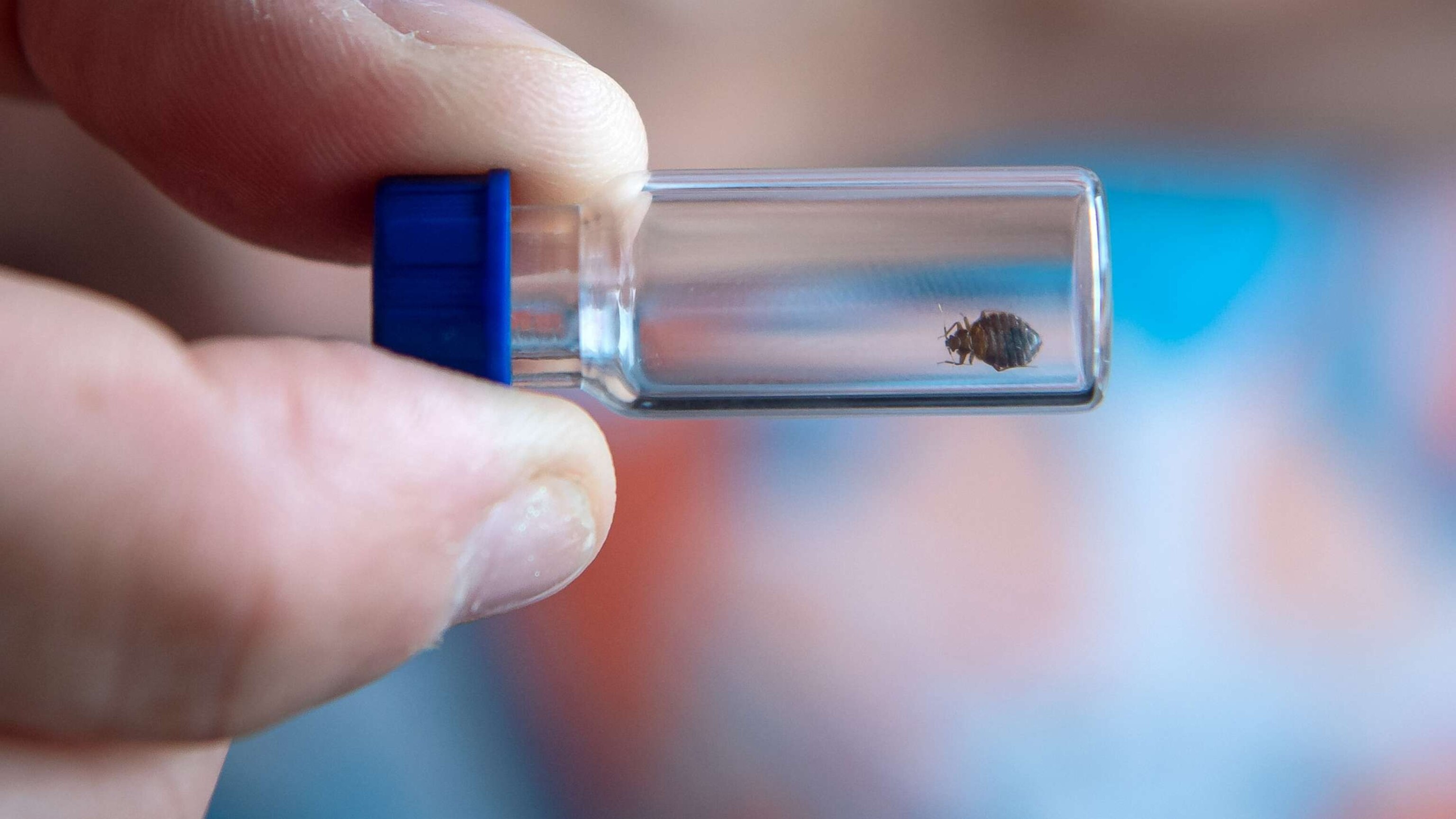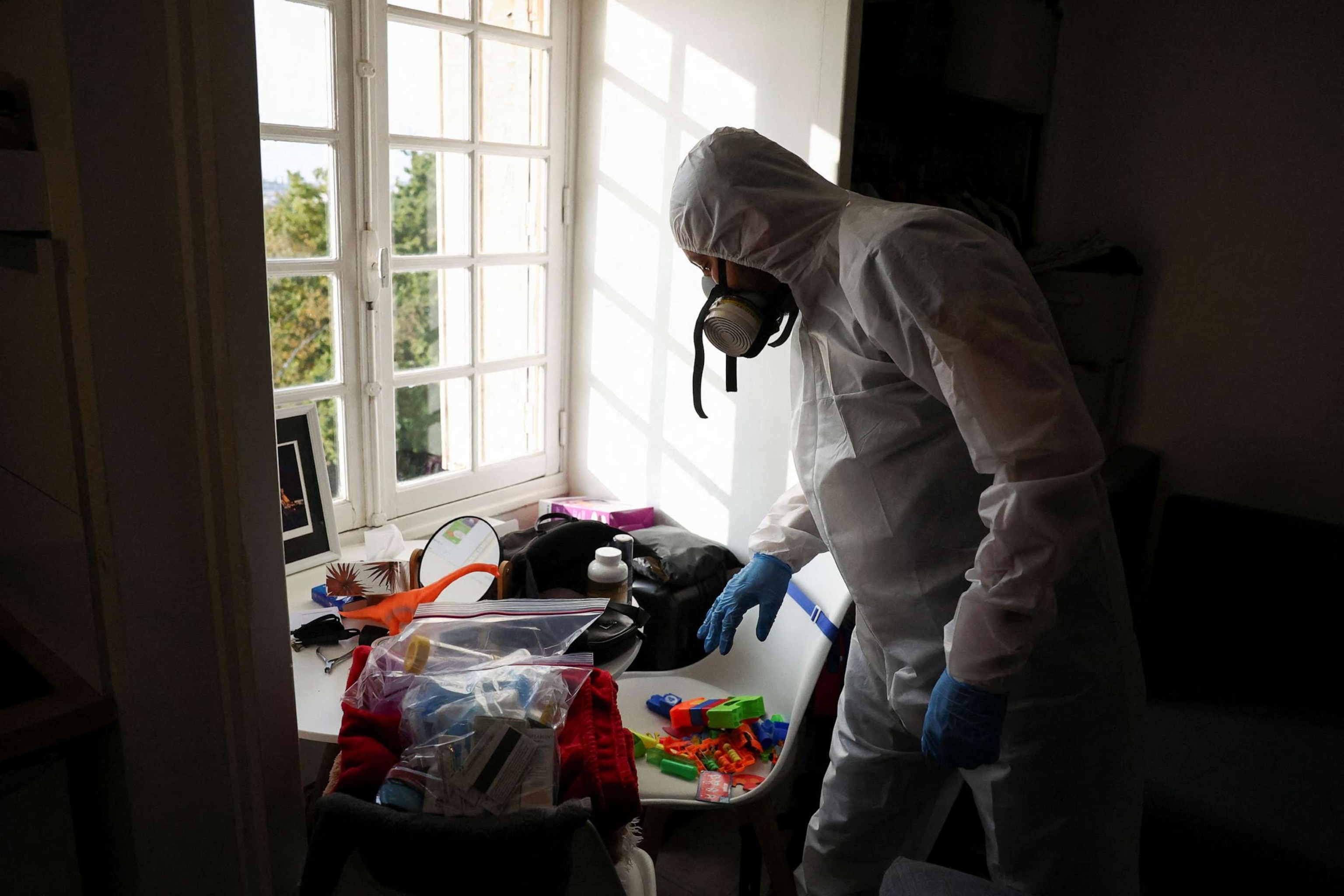Expert tips for travelers to avoid bringing pests home in wake of Paris bedbug infestation
Check out these helpful resources below.
An infestation of bedbugs in Paris has sparked a fury of search inquiries on what travelers in particular should do to avoid and deal with the blood-sucking insects.
"Bed bug infestations usually occur around or near the areas where people sleep," the Centers for Disease Control and Prevention states on its website. "These areas include apartments, shelters, rooming houses, hotels, cruise ships, buses, trains and dorm rooms. They hide during the day in places such as seams of mattresses, box springs, bed frames, headboards, dresser tables, inside cracks or crevices, behind wallpaper, or any other clutter or objects around a bed."
According to the agency, the pests have even "been shown to be able to travel over 100 feet in a night but tend to live within eight feet of where people sleep."

Since bedbugs' "presence is not determined by the cleanliness of the living conditions where they are found," according to the CDC, it can be tricky to determine where or how your space is impacted or if it's susceptible. The expertly hidden bugs are slim and flat which, according to the CDC, allows them "to fit into the smallest of spaces and stay there for long periods of time."
Even though health experts say the chance of picking up bed bugs while traveling is low, with rising infestations in the United States and globally, there are important safety precautions travelers can pack away to keep in mind if the unfortunate occasion arises.
How to avoid bedbugs during travel
Dr. Jim Fredericks, Board Certified Entomologist and Senior Vice President of Public Affairs at the National Pest Management Association (NPMA), shared his insights with "Good Morning America" both for avoiding bedbugs and additional tips for what to do if in the worst case, you have been exposed.
"It's important to note that some level of risk exists whenever one travels, regardless of the location. This doesn’t mean one should cancel travel plans, but it does require travelers to take precautions to reduce the likelihood of bringing bed bugs home from a trip," he said.

Thankfully, as the The New York City Department of Health and Mental Hygiene notes, bedbugs are "rarely found in planes, trains and motor vehicles."
The CDC says that because bedbugs "are usually transported as people travel," they can find their way into "seams and folds of luggage, overnight bags, folded clothes, bedding, furniture, and anywhere else where they can hide."
For shorter stays, the New York City Department of Health suggests keeping clothes inside your luggage altogether and keeping bags closed when they're not being used.
"Most people do not realize they are transporting stow-away bed bugs as they travel from location to location, infecting areas as they travel," the agency states on its website.
How to check for signs of bedbugs

The best way to avoid bringing bedbugs home is to watch out for easily identifiable signs.
"First, it’s important to look for evidence of bed bugs before settling into a hotel, rental property, or a friend’s home," Fredericks said. "Look for live or dead bed bugs, their shed exoskeletons or 'shells,' and bed bug fecal spots -- dark spots or specks on mattresses and around cracks, crevices, and seams in furniture."
He suggests all travelers thoroughly inspect the entire space before unpacking their luggage, which includes looking "behind headboards, under lights and inside dressers, sofas, and chairs."
"Pull back sheets and inspect mattress seams and box springs, particularly at the corners and edges, for telltale stains or spots," he added.
The pests can leave behind "tell-tale bite marks on the face, neck, arms, hands, or any other body parts," the CDC said, but cautioned that "bite marks may take as long as 14 days to develop."
What to do if you find signs of bedbugs
"If you see anything to suggest bed bugs, change rooms or establishments immediately. Do not stay in an adjacent room," Fredericks told "GMA." "When signs of bed bugs are present, it is important to contact a qualified pest control professional to confirm the infestation and recommend a course of treatment."
Best practices if clothing or luggage may have been exposed to bedbugs
"Inspect your belongings upon arriving home," Fredericks said. "Vacuum and clean these bags thoroughly to make sure bed bugs have not found their way inside."
He added that upon any return home, "don’t store luggage under the bed or in a bedroom closet" rather "in an attic, garage, basement, or other location that is far away from sleeping and resting areas. This can minimize the likelihood of hitchhiking bed bugs or their eggs from becoming established close to a food source."
As for clothes, he suggests "dry cleaning or placing them in a dryer on high heat" to "kill all stages of bed bugs -- eggs, nymphs, and adults."
Additional tips to avoid bedbugs getting into your luggage
"Avoid placing luggage on furniture or luggage racks where bed bugs can hide unseen," Fredericks said. "Carry a small flashlight to assist you with visual inspections."

"In hotel rooms," the CDC suggests packing or unpacking away from the bed or floor. The New York City Department of Health takes things a step further, suggesting that those unable to "find a suitable surface" to place their luggage may "put your luggage in a dry bathtub, or leave it in your car until you’ve done a quick inspection."
"Bed bugs are a major pest control concern and their populations in the U.S. have dramatically risen over the last two decades," Fredericks said and since they can "can go months without a bloodmeal -- they are able to survive extended periods of time before they will starve."
Fredericks did add that "Unlike many other bloodsucking pests like mosquitoes and ticks, bed bugs do not transmit disease-causing pathogens to humans."
An earlier version of this story was originally published on Oct. 4 2023.